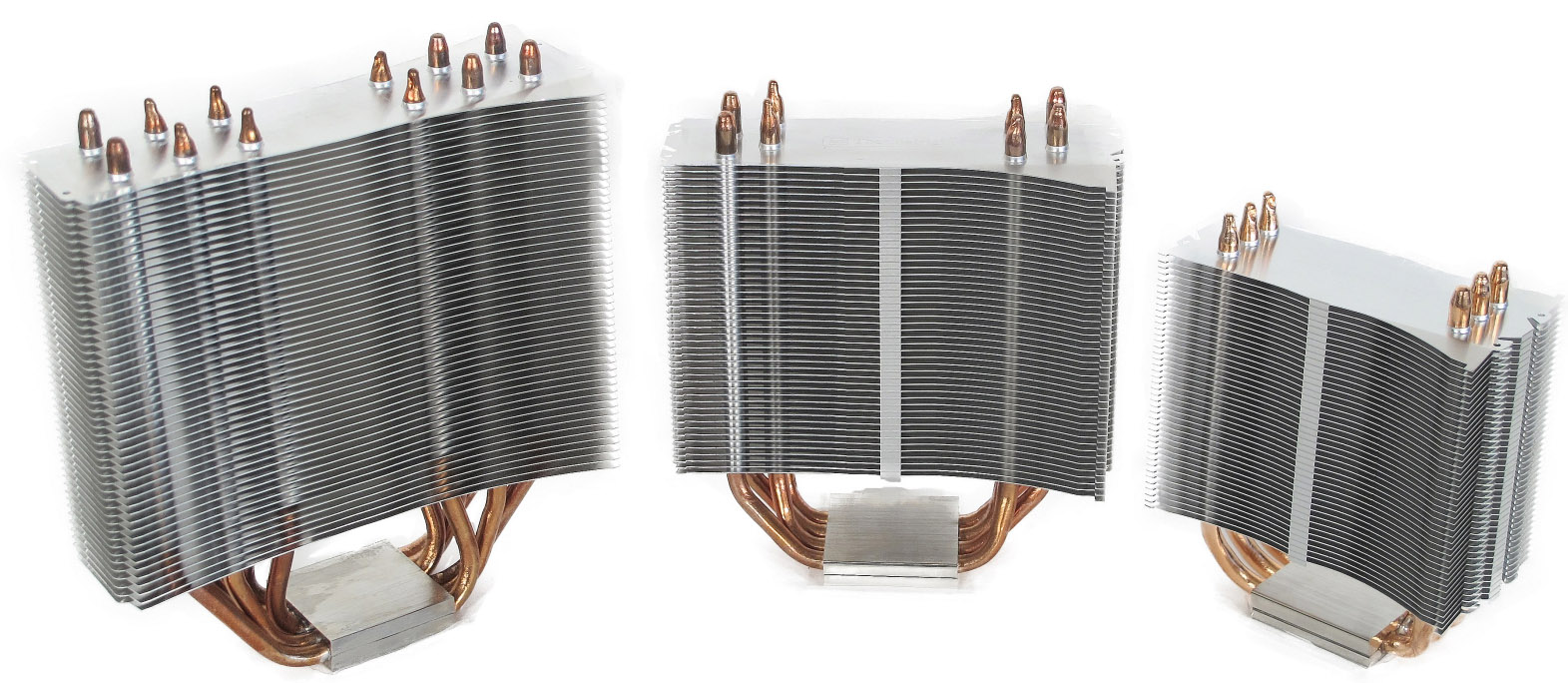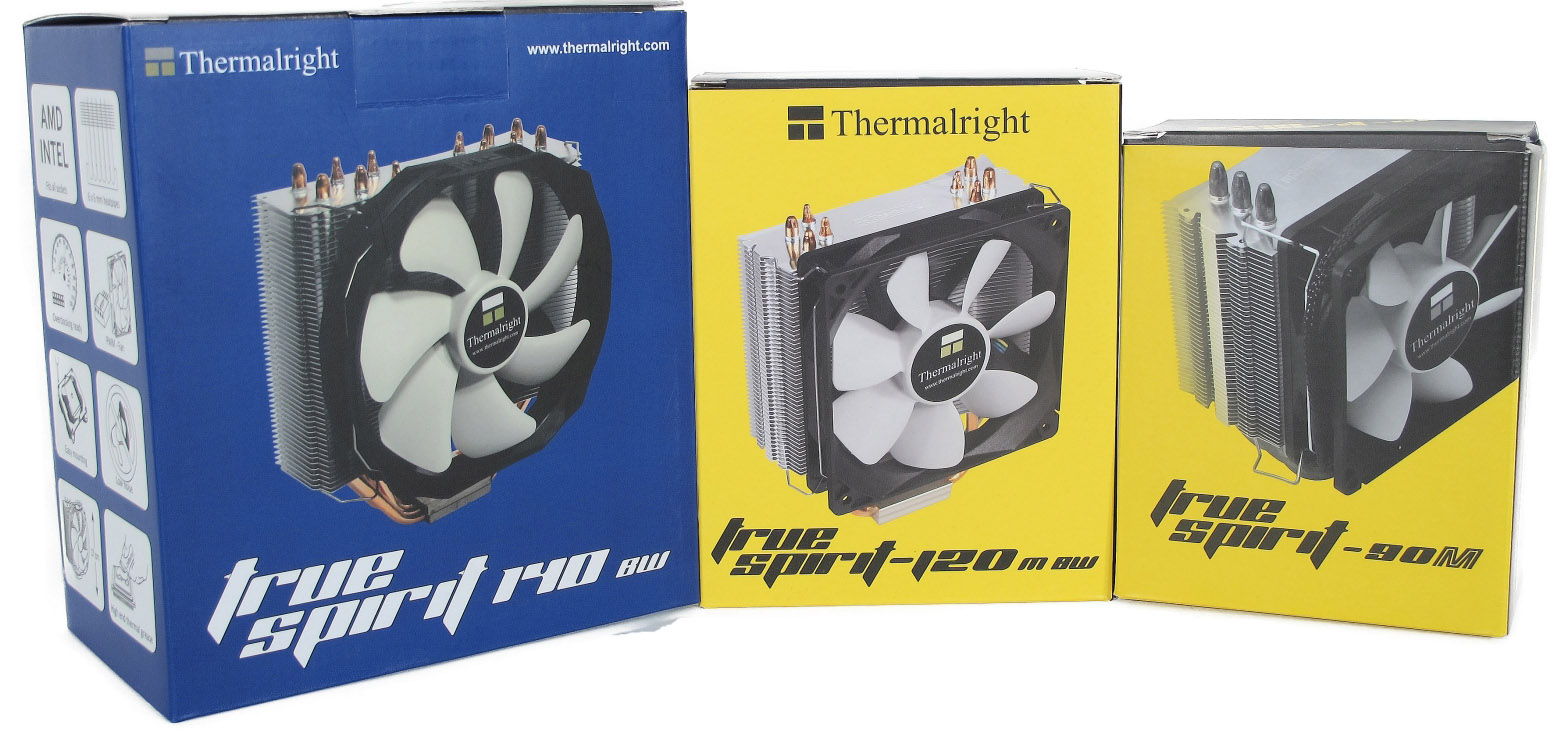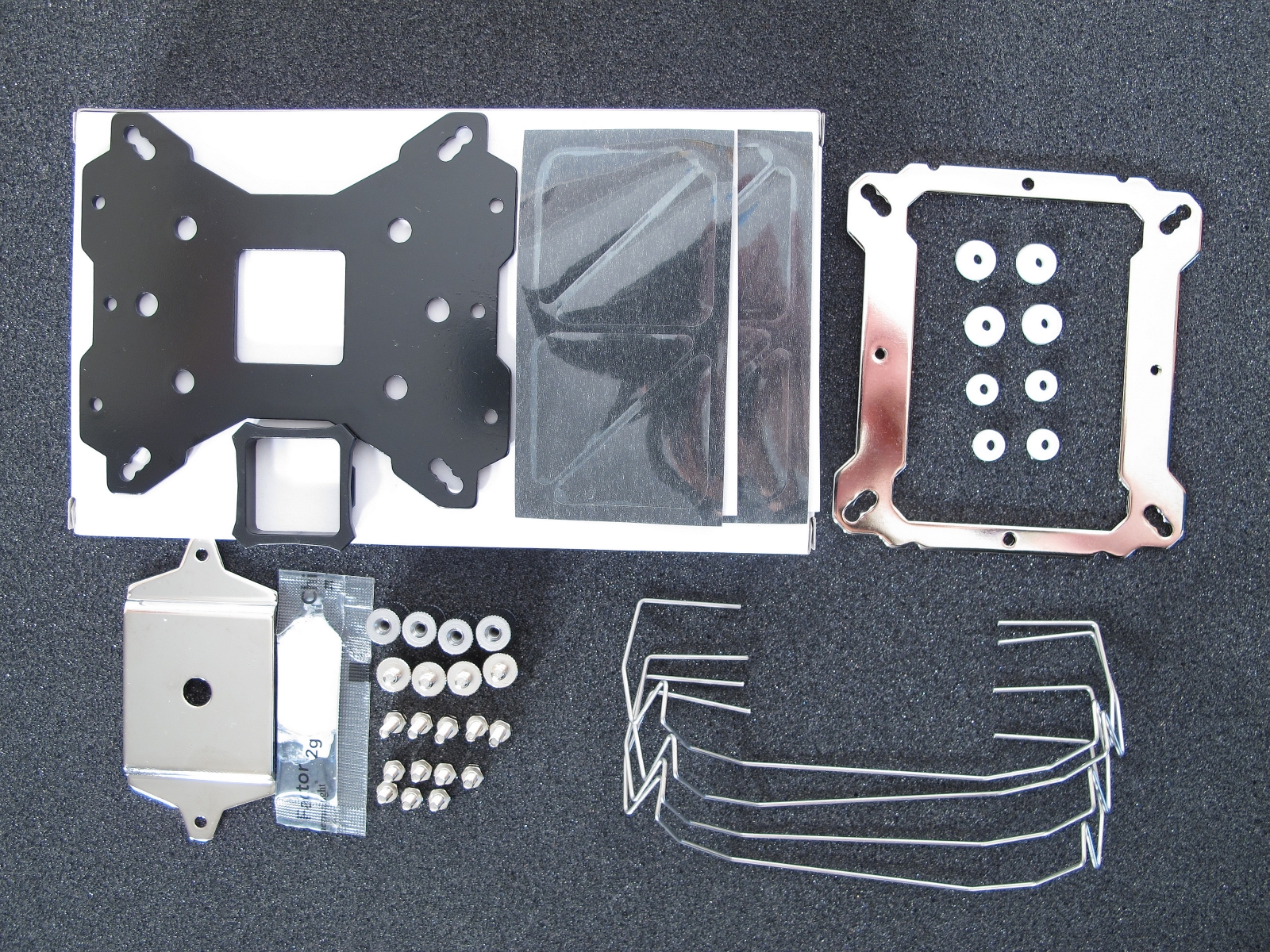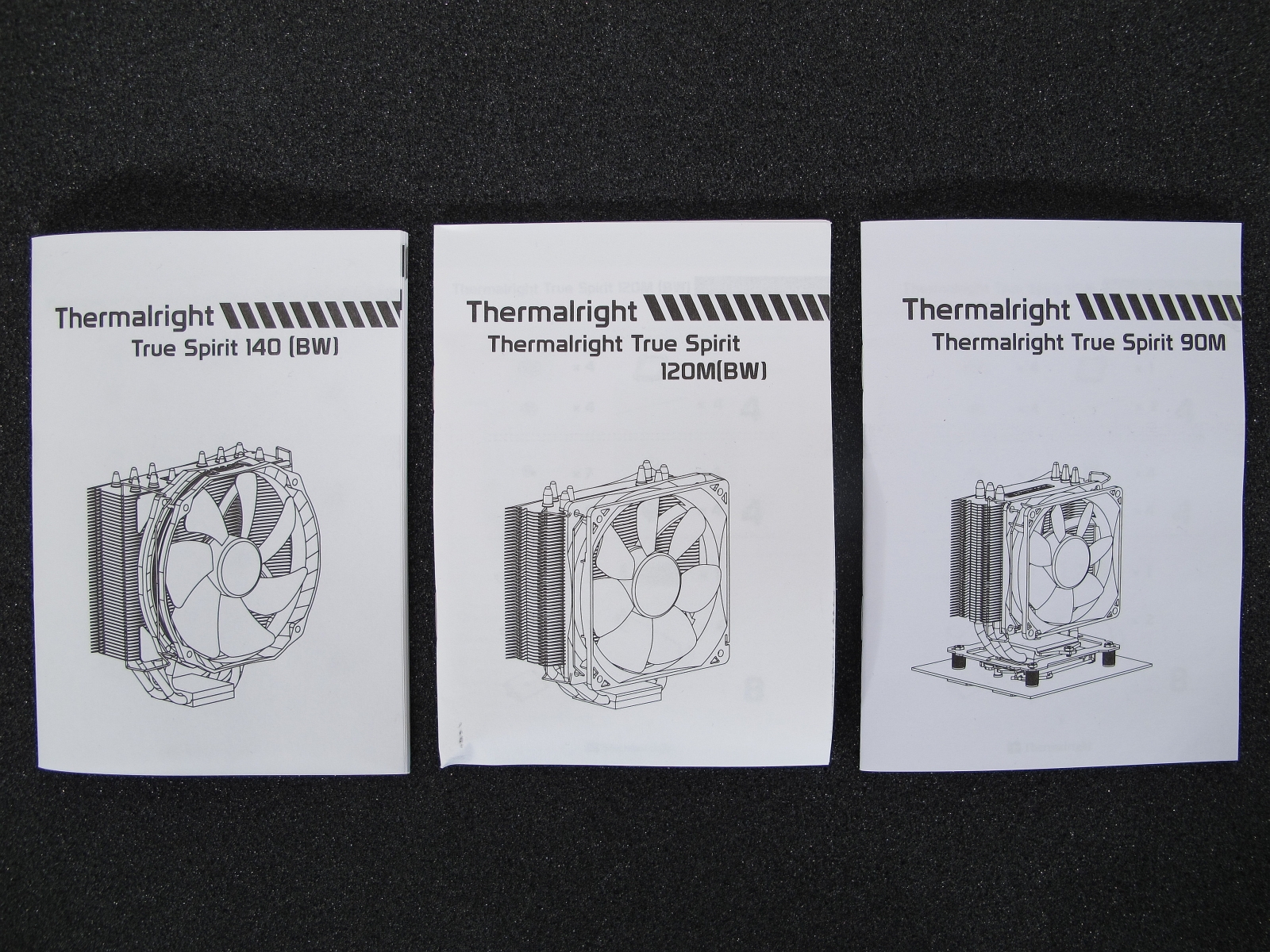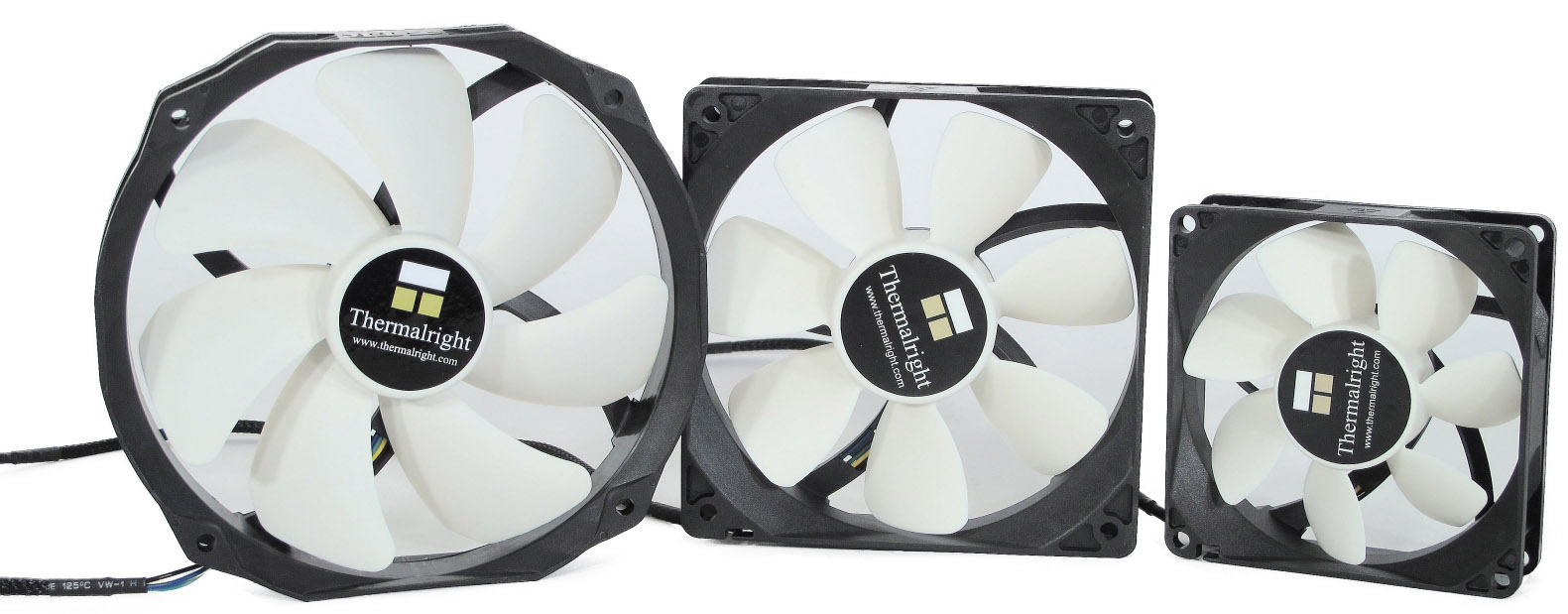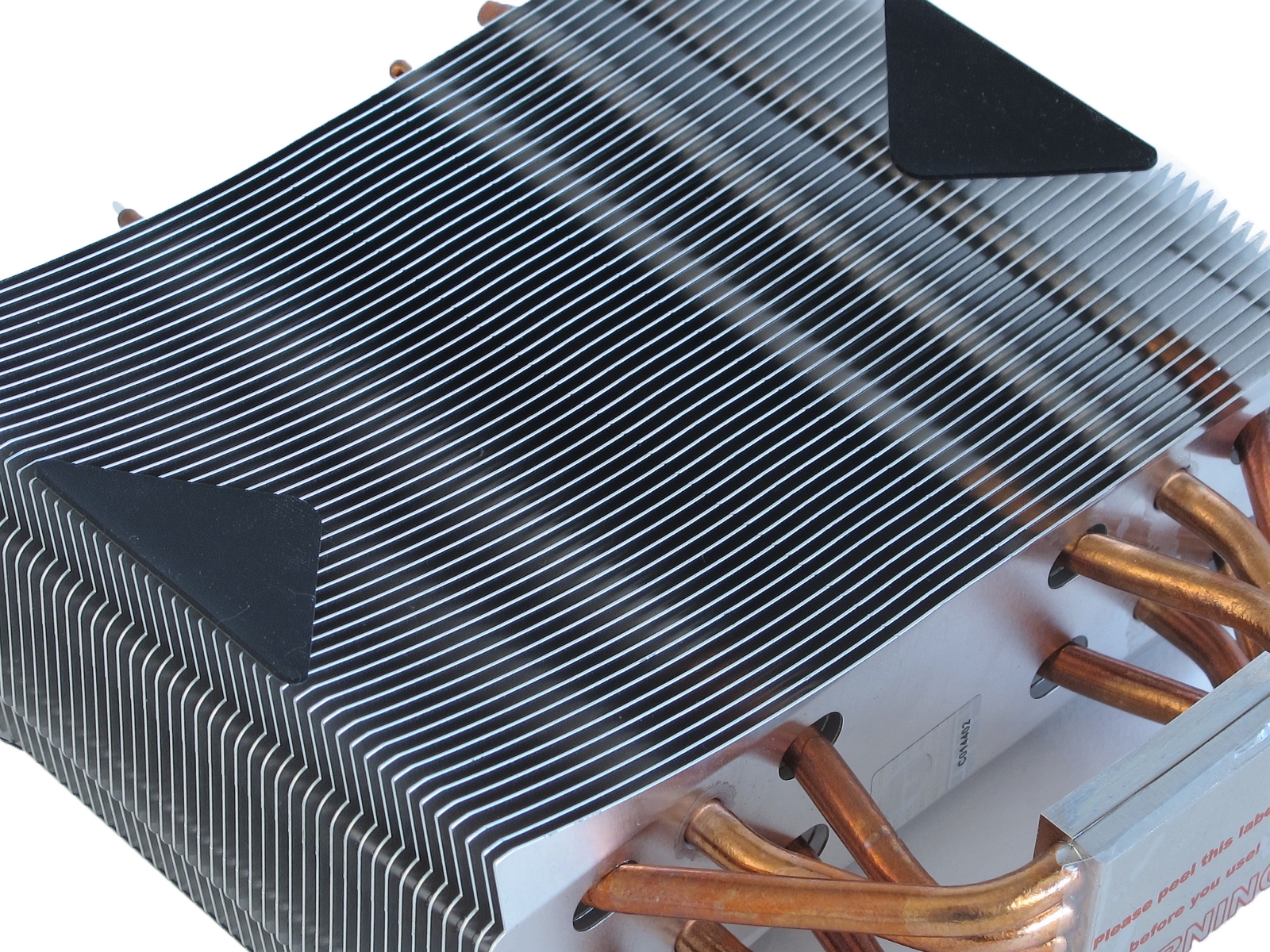Three Thermalright True Spirit Heat Sinks, Reviewed
Thermalright sent over all three models in its True Spirit heat sink family, complete with 92, 120, and 140 mm fans. We dropped each one onto an FX-8350 processor to gauge its cooling performance and acoustic output. Which one takes the value win?
Thermalright’s True Spirit Line
Why you can trust Tom's Hardware
Meet Thermalright’s True Spirit Heat Sink Family
Thermalright’s coolers have a well-deserved reputation for excellent build quality, thermal performance, and quiet fans that come bundled with the company's heat sinks. Over time, we've seen Thermalright expanded its portfolio of enthusiast-oriented products to include entry-level and mid-range offerings as well. Its HR-02 Macho is regularly recommended on our forums.
Recently, the company sent over three of its slim tower-style CPU coolers in different sizes, accompanied by 92, 120, and 140 mm fans, to put through their paces in our lab. Why might you be interested in a cooler like this? The form factor facilitates good compatibility by not blocking memory slots, they're some of the best-performing heat sinks, and they can be made to operate quietly.
Really, this is the first time we've rounded up heat sinks from one vendor, comparing different sizes from the same line, rather than narrowing down one configuration from as many companies as possible. Thomas is going to continue with that more traditional approach for us, but the Tom's Hardware Germany team plans to fill out our CPU Cooling Charts with these vertical comparisons, too. For this first exploration, we're looking at Thermalright's True Spirit 140(BW), 120M(BW) and 90M.
Packaging and In The Box
The True Spirit 140(BW) comes in a blue-and-black package, while the 120M(BW) and 90M ship in yellow-and-black packaging. The heat sinks are protected by sponge foam, and the accessories are in their own small cardboard box next to the coolers.
The bundles for all three coolers are almost completely identical. There’s a universal back plate accommodating current AMD and Intel processor interfaces, a universal retention frame for the sink, and the hardware you need to secure the plate, frame, and cooler. If you've ever used Thermalright's Macho solutions, you'll already be familiar with the configuration process. Each cooler also includes a well-illustrated installation manual. What's more, Thermalright includes a small 2 g bag of its own “Chill Factor” thermal paste.
The only differences you'll notice between the coolers' accessories are related to fan mounting. Not only do the bundled fans sport dissimilar diameters (140, 120, and 92 mm), but the larger coolers include retention clips for two 140 or two 120 mm fans, whereas the smaller 90M only comes with clips for the included 92 mm fan.
Vibration isolation is a bit different too. Thermalright's 140(BW) employs two large rubber pads that are glued to the cooler itself, whereas the 120M(BW) and the 90M only get two thin rubber strips.
Current page: Thermalright’s True Spirit Line
Next Page Technical Specifications And DesignGet Tom's Hardware's best news and in-depth reviews, straight to your inbox.
